In the early 1980s, I started facilitating Action Learning where all set members were working on the same problem or project (single-project Action Learning, or SPAL). My bias in Action Learning has always been to cultivate self-facilitated groups, somewhat in the spirit of Reginald Revans’ preferences for those kinds of sets, too.
However, at least in those days, it was often a struggle to get SPAL set members to continue attending meetings, especially after the 1st and 2nd meetings, much less to even have them self-facilitate.
So in the early 1990s, I started experimenting with having every set member be the presenter in every meeting and the other members posing generative questions to the presenter. I wondered if individual attention to each member would further enrich the Action Learning experience and sustain attendance. I began referring to this as multi-project Action Learning (MPAL). (I don’t know if I invented that phrase or if someone else … whatever.)
I realized that, rather than the deep dive of clarifying and framing that comes from focusing on one presenter in one meeting (SPAL), the framing in MPAL would have to come from repeated framing over subsequent, but well-attended, meetings.
To my surprise I found that, if each member got, e.g., 30 minutes to be questioned by other members (I now refer to that questioning as getting coached) about a current and real problem, then those members still got some framing during that time – and sustained, strong framing occurred over subsequent meetings.
The process basically used laser coaching to guide each member through a format somewhat like the GROW model of coaching, including to select realistic actions to take between meetings. Learning comes from continual reflection on the questions and the actions that were taken.
The MPAL process includes six elements:
- a set/group of 4-8 members
- each works on a current and real problem (or priority)
- facilitation (a set of tasks, rather than a certain role)
- coaching (this is our preferred term, rather than questioning)
- commitments to actions
- commitments to learning
Since then, we’ve had an increasing number of clients spawning new groups from around the world – many of them have been with us for several years and some for almost a decade. Most of our groups are done virtually.
The tool of the SPAL model of Action Learning is particularly useful for a deep dive of powerful framing on a complex problem, and is very powerful for solving a complex problem (rather quickly, at times), team building and various forms of leadership development.
The MPAL model is particularly useful for solving concurrent problems (taking longer than SPAL), teaching coaching skills, cultivating strong networks, sharing support and ensuring transfer of training. It’s also very useful for cultivating self-facilitating and highly sustainable sets.
There are standard outcomes from the SPAL and MPAL formats, including skills in listening, presenting, questioning, problem solving, innovating, facilitating and systems thinking.
The selection of the problems that MPAL members work on, the nature of the coaching, the membership of groups and their frequency of meetings, and the types of actions taken between meetings depend very much on the particular purpose of the MPAL.
As with any field or profession, there will likely be strong opinions about which format is best and which is the “true” Action learning or not. I’ve learned over the years, to let the clients decide that matter.
What do you think?
Written by Carter McNamara, Action Learning Source.






